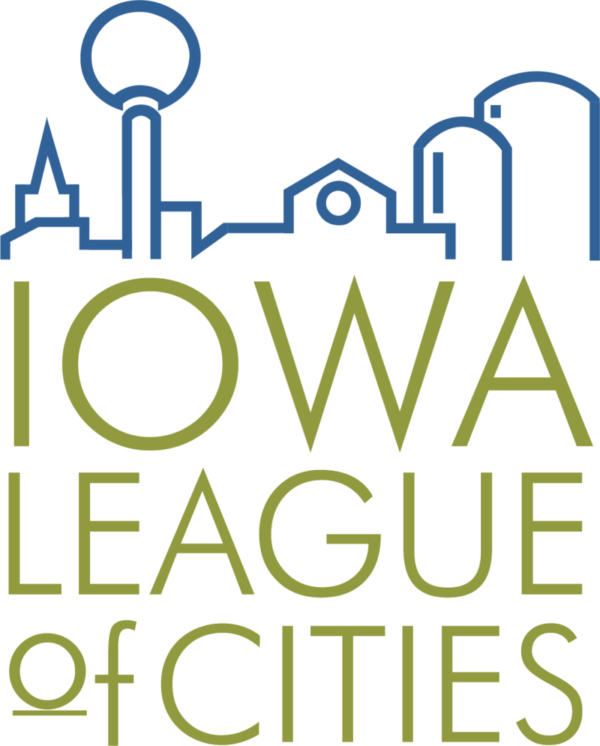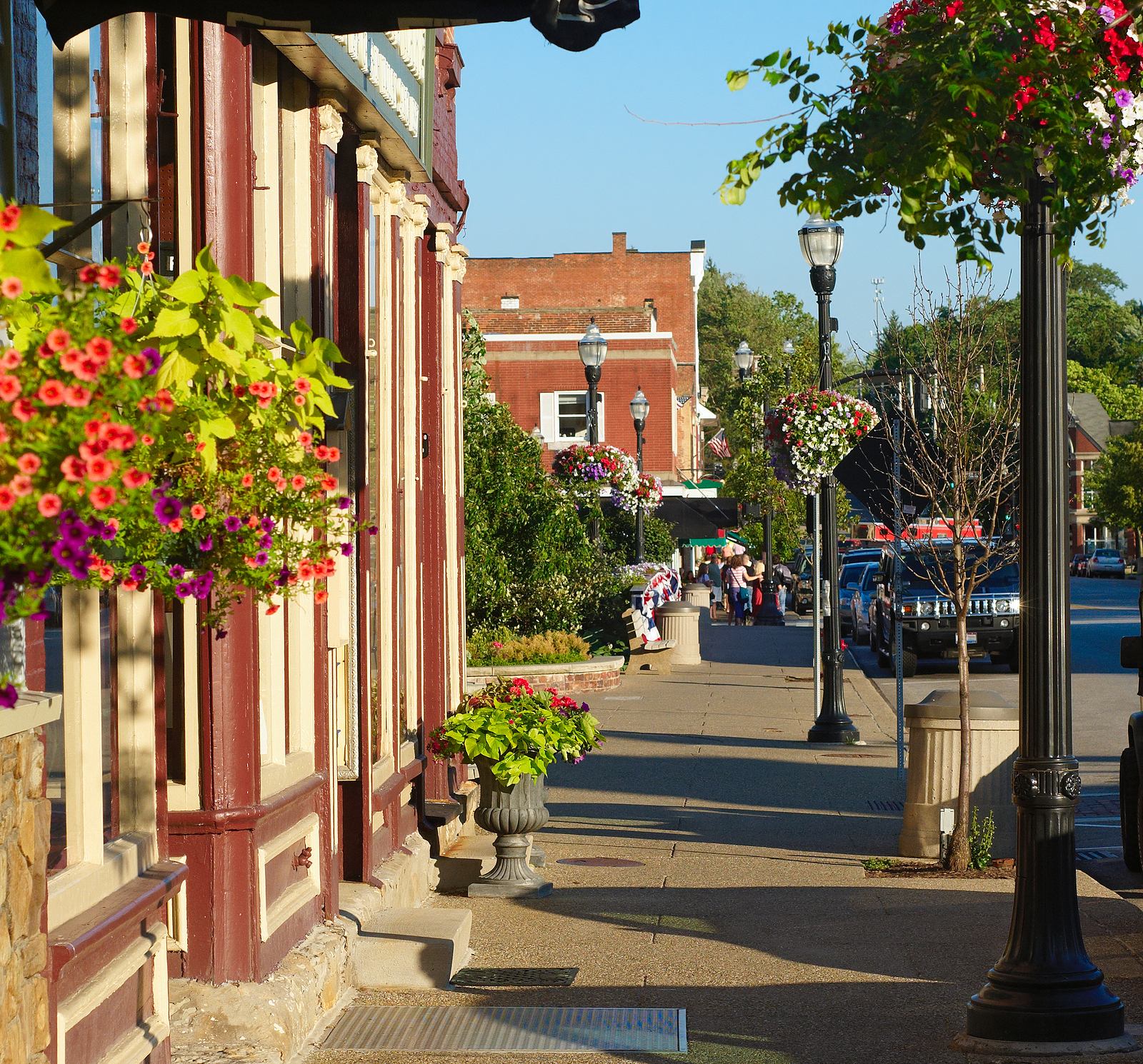Complete Streets
Complete streets are designed and operated so they are safe, comfortable and convenient for all users – pedestrians, bicyclists, motorists and transit riders of all ages and abilities. Many existing streets are inadequate for some of these needs, as they lack sidewalks, are dangerous for pedestrians to cross, uninviting for bus riders, inaccessible for wheelchair users and/or provide no room for bicyclists or pedestrians. By providing facilities for pedestrians, bicyclists and transit users, complete streets can meet many of these needs and can improve safety for all users. Not all complete streets will have the same features. For example, a low-volume residential street with sidewalks is a complete street, as pedestrians can use the sidewalks, including accessible ramps for wheelchair users and bicyclists can safely ride in the street. For a major arterial street with much heavier traffic volumes, there will still need to be sidewalks for pedestrians, but there will also need to be pedestrian crossings, perhaps with pedestrian signals. Regardless of the different features needed for different conditions, a complete street must accommodate all users.
Pervious Paving
Pervious paving has become a sound alternative for cities when considering their options for street and stormwater management projects. Visually pleasing, this type of paving can help lower the amount of rain water runoff, reduce flooding and ponding after heavy rainfalls and lead to water quality improvements. Pervious paving utilizes hard surface materials that are either porous or configured to allow for better absorption of stormwater. While construction costs are usually higher than conventional streets that use concrete or asphalt material, pervious paving systems can last much longer and require less maintenance, which reduces the long term costs. In addition, these systems allow for easier access to underground pipes and utility lines that need maintenance or replacement.
CTRE
The Center for Transportation Research and Education (CTRE) at Iowa State University provides transportation professionals with new knowledge and practical tools regarding a wide range of issues. Research includes strategies to design safer and longer-lasting roadways. They also create asset management tools for pavement marking, signs and bridges for the Iowa Department of Transportation.






